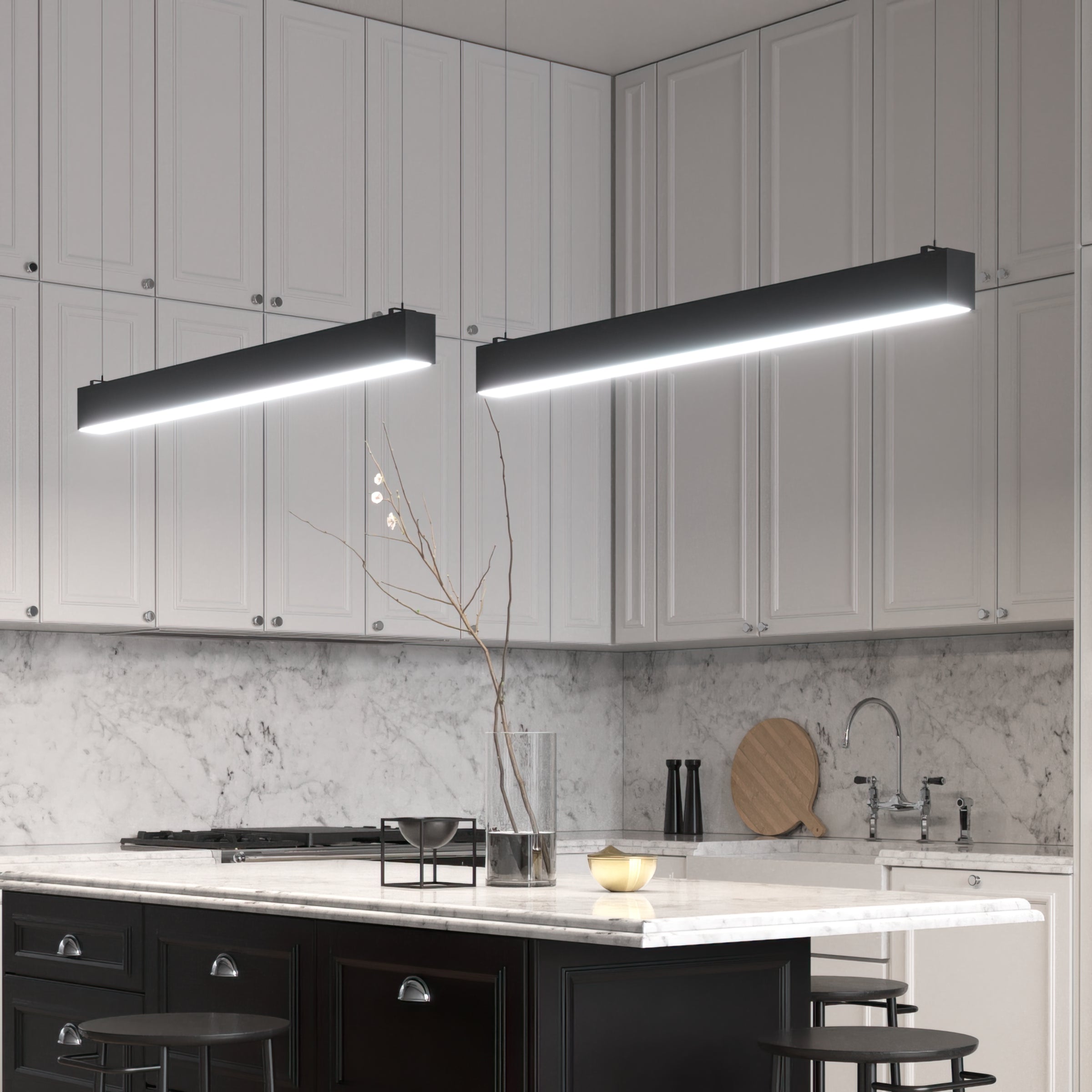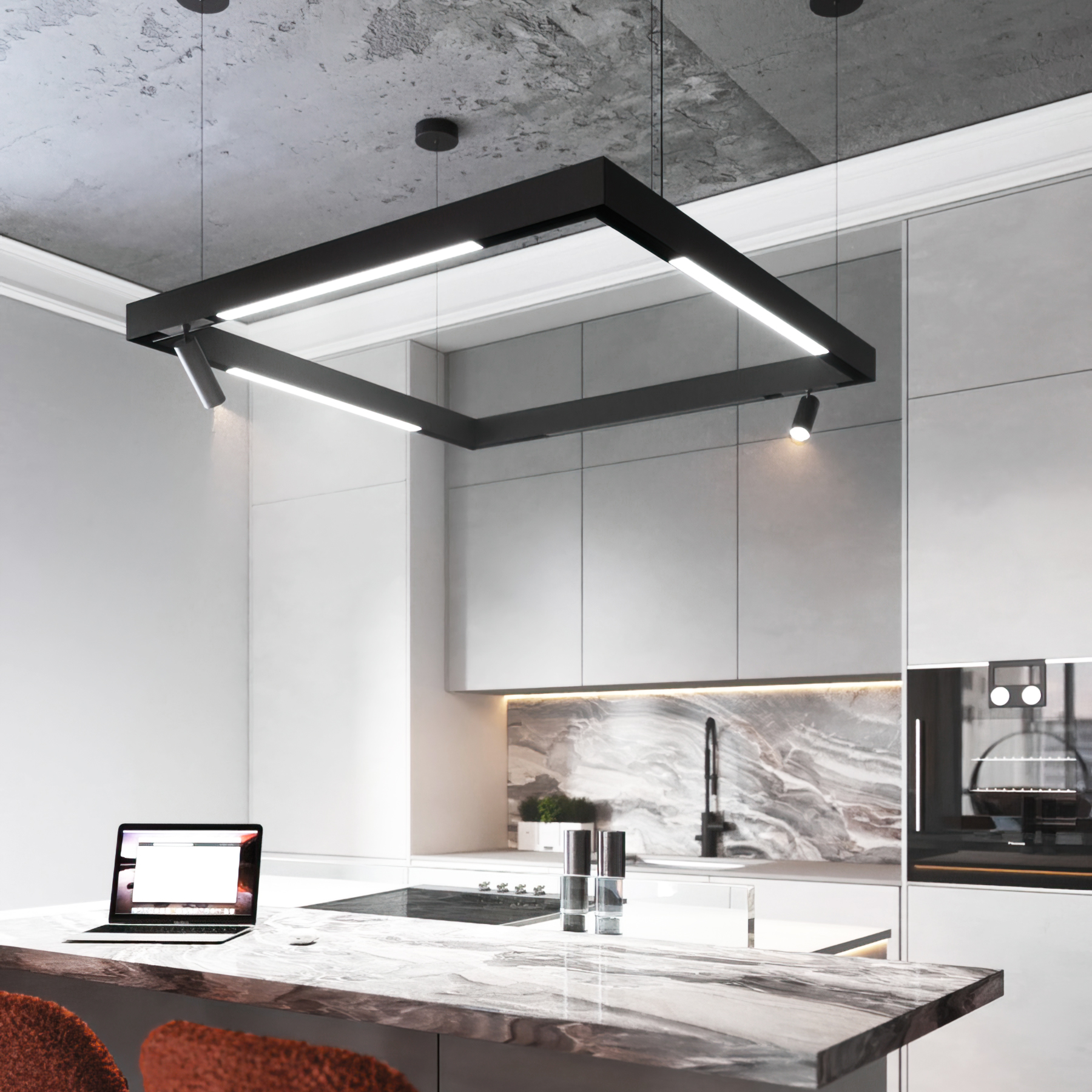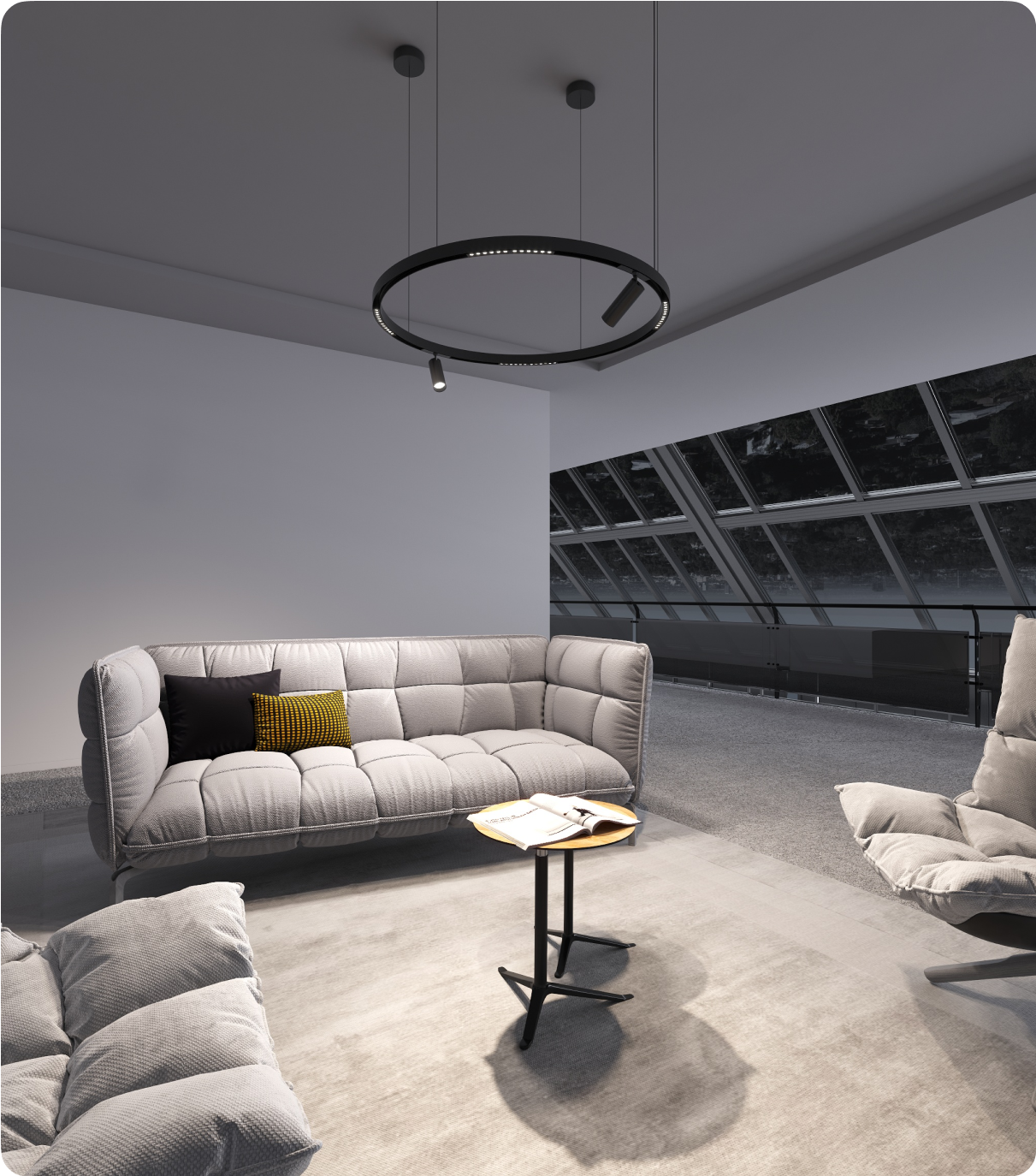In the world of interior lighting, choosing the right dimmer for LED
lights is a decision that holds significant importance. It's a decision that can often be challenging without the proper information. Dimmers play a pivotal role in adjusting the brightness level in any room, allowing you to craft a wide range of lighting moods to suit various occasions and preferences. Moreover, they offer the added advantages of energy conservation and prolonged lamp lifespan.
This comprehensive guide will walk you through the intricacies of LED light dimmers. We will explore the different types of dimmers available in the market, shedding light on their unique features and applications. By the end of this guide, you'll be well-equipped with the knowledge needed to make informed decisions about selecting the perfect dimmer for your specific lighting requirements. So, let's embark on this illuminating journey into the world of dimmers and lighting control.
Understanding How Dimmers Work
Before delving into the various types of dimmers available, it's crucial to grasp the fundamentals of how dimmers function. At its core, a dimmer is a device designed to regulate the flow of electrical energy to a light source, allowing you to adjust its brightness level. To appreciate this process fully, let's dive deeper into the mechanics of dimmers.
The Basics of Dimming
Dimming revolves around altering the voltage as it flows through lighting fixtures or bulbs. Imagine this voltage as a continuous wave. Dimmers manipulate this wave to control the brightness of the lights. The key principle here is that the less voltage a lighting fixture receives, the dimmer it becomes.
Wave Chopping and Dimming
Dimmers work by chopping this voltage wave at a high speed. This rapid chopping creates a pulsating current that reduces the average voltage supplied to the lights. As a result, the lighting emits less light, effectively dimming it. The frequency at which the wave is chopped, along with the duration of each chop, determines the perceived brightness level of the light.
Types of Dimming Techniques:
Dimmers employ various techniques to achieve this wave chopping. Some of the most common methods include:
- Phase-Cut Dimming: Also known as leading-edge dimming, this technique involves chopping the leading edge of the voltage wave.
- Trailing-Edge Dimming: This method chops the trailing edge of the voltage wave and is more compatible with many LED lights. It offers smoother and quieter dimming compared to phase-cut dimming.
- Digital Dimming: Digital dimmers use microprocessors to precisely control the waveform, offering smooth and consistent dimming across a wide range of light levels. They are highly adaptable to different types of lighting fixtures.
Dimming and Light Quality
It's essential to note that not all lights are compatible with dimmers, and the dimming performance can vary. When choosing a dimmer for LED lighting, consider compatibility with specific models and brands. High-quality dimmers, especially those designed for LED lighting, can provide excellent performance, minimal flicker, and a wide dimming range.
Dimming and Energy Efficiency
Dimming lights can lead to energy savings. When a lighting fixture is dimmed, it consumes less electricity. In fact, dimming a light by just 10% can result in approximately 10% energy savings. This reduces your energy bills and contributes to a greener, more sustainable environment.
Dimming and Lifespan
Dimming can also extend the life of your lighting fixtures. When lights are operated at less than full power, the lighting components have less wear and tear. This can significantly increase the lifespan of the ceiling fixtures, reducing replacement costs.
Different Types of Dimming for Lighting
Various methods and technologies are available for dimming lighting fixtures to cater to different needs and situations. Understanding the different types of dimming systems can help you choose the one that best suits your specific lighting requirements. Here are some of the most common types of dimming for lighting:
- Standard Dimming:
- Compatibility: A standard dimmer switch, also known as leading-edge dimming, is often used with traditional incandescent and halogen lighting fixtures.
- Operation: This method chops the leading edge of the voltage wave to reduce the brightness of the lights.
- Considerations: While it works well with certain lighting types, it may not be ideal for LED lighting fixtures, which can sometimes exhibit flickering or compatibility issues.
- ELV Dimming (Electronic Low Voltage Dimming):
- Compatibility: What is ELV lighting? ELV dimming is designed for use with electronic drivers, making it a suitable choice for most dimmable LED lighting fixtures.
- Operation: It provides precise control over the dimming process, resulting in smoother and quieter dimming than standard.
- Considerations: ELV dimming is highly compatible with modern LED fixtures, offering excellent performance and minimal flicker.
- 0-10 Volt Dimming:
- Compatibility: Commonly used in commercial and industrial settings, this dimming method is ideal for dimmable LED lighting fixtures but may require additional wiring.
- Operation: A low-voltage signal is sent to the lighting fixture to control its brightness.
- Considerations: While it offers comprehensive control, it may not be the most straightforward choice for residential applications due to wiring complexities.
- Integrated Dimming Systems:
- Compatibility: Integrated dimming systems are often incorporated into specific lighting fixtures, and they come with their own proprietary controls, often remote-based.
- Operation: These systems provide advanced lighting controls beyond simple dimming, allowing for various lighting effects and customization.
- Considerations: Integrated dimming systems offer convenience but may limit flexibility compared to standalone dimmers.
Benefits of Lighting Dimmers
Integrating lighting dimmers into your home or workspace offers many advantages beyond mere brightness control:
- Energy Efficiency:
Dimmers are an excellent tool for conserving energy. By reducing the intensity of your lighting fixtures, you consume less electricity. Dimming a light by just 10% can result in approximately 10% energy savings. Over time, this can significantly reduce your energy bills and contribute to a more sustainable environment. Energy-efficient dimming is particularly advantageous when used with LED lighting fixtures, which are inherently energy-efficient.
- Prolonged Fixture Lifespan:
Dimming lights save energy and extend the life of your lighting fixtures. When lights are operated at less than full power, there is less wear and tear on the lighting components, such as filaments or semiconductors, in the case of LEDs. This reduced stress on the fixtures can significantly increase their lifespan, reducing the frequency of replacements and lowering maintenance costs.
- Lighting Control:
Dimmer switches offer precise control over your lighting fixtures. You can adjust the intensity of the lights to match the mood, task, or time of day. This level of control allows you to create various lighting scenarios, from bright and refreshing to soft and relaxing. Modern dimmer switches often come with remote control options, making it even more convenient to fine-tune your lighting to suit your needs.
- Adjustable Ambiance:
Different activities require varying levels of lighting. Dimmer switches enable you to set the perfect ambiance for any occasion. For instance, you may prefer brighter lighting for reading or working, while dimmed lights create a cozy atmosphere for watching movies or dining. The ability to tailor the lighting to your liking enhances the functionality and comfort of your space.
- Easy Installation:
Adding dimmer switches to your existing lighting setup is a relatively straightforward process. Dimmers are compact and can easily fit into standard electrical boxes designed for regular switches. However, it's crucial to have dimmer switches installed by a qualified professional to ensure safety and proper operation.





